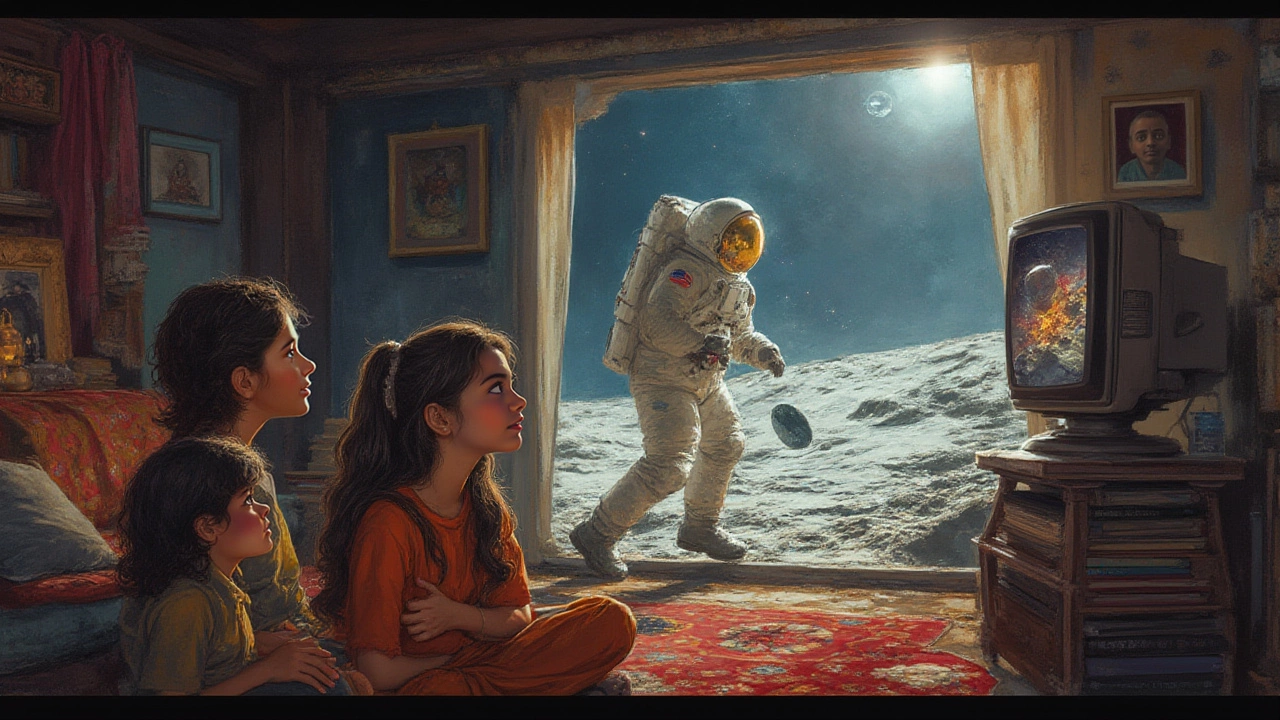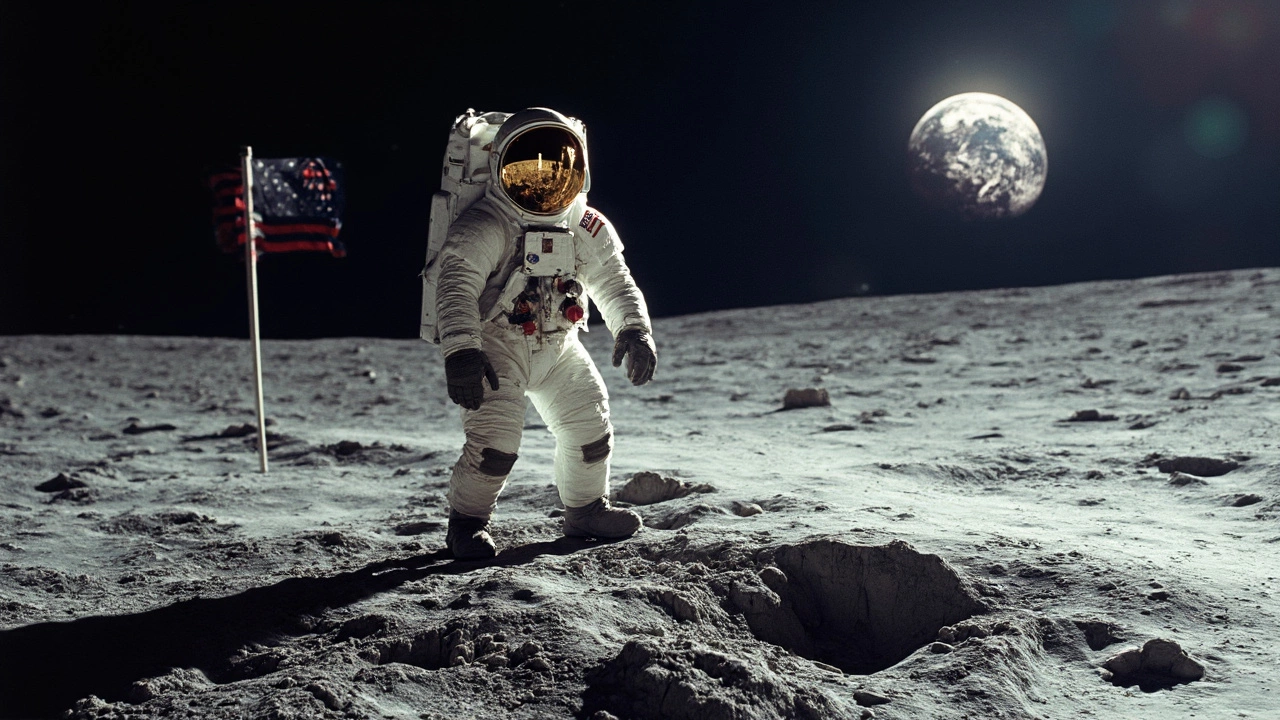Apollo 11: The Mission That Changed Space Exploration and Inspired STEM in India
When Apollo 11, the first crewed mission to land humans on the Moon. Also known as the Moon landing mission, it didn’t just prove humans could reach another world—it rewrote what was possible in science and engineering. On July 20, 1969, Neil Armstrong and Buzz Aldrin stepped onto the lunar surface while Michael Collins stayed in orbit. That moment wasn’t just American—it became a global turning point. In India, students watched the broadcast on grainy TVs, saw engineers in ISRO’s early labs studying every detail, and began asking: What if we could do this too?
NASA, the U.S. space agency that led Apollo 11 didn’t just build rockets. It built systems—navigation, life support, communication—that still power today’s satellites and space tech. Space exploration, the pursuit of understanding and traveling beyond Earth became more than science fiction. It became a training ground for problem solvers. The same engineering discipline that got astronauts to the Moon is now used in Indian solar missions, drone delivery systems, and AI-powered weather forecasting. Even STEM education, the integrated approach to teaching science, technology, engineering, and math in Indian schools today still draws inspiration from Apollo 11’s clarity of purpose: define a goal, break it into steps, and solve one problem at a time.
Why Apollo 11 Still Matters for Indian Innovators
The mission didn’t just land on the Moon—it landed in classrooms. It showed that big ideas need teamwork, not just genius. Today’s Indian researchers in biotech, renewable energy, and AI face challenges just as complex: scaling clean power, designing affordable diagnostics, or building AI that works in rural villages. Apollo 11 proved that when you combine clear vision with relentless execution, even the impossible becomes routine. The tools used to track the lunar module? They evolved into GPS. The software written for flight control? It laid the foundation for modern embedded systems. And the way engineers communicated across teams? That’s the same model used in India’s space missions like Chandrayaan and Aditya-L1.
What you’ll find in the posts below isn’t just history. It’s the legacy of Apollo 11—alive in how Indian scientists transfer technology, how public health programs are designed like mission control, how data scientists talk to real people to solve real problems, and how the simplest AI systems still follow the same logic: if this, then that. You’ll see how the same mindset that got humans to the Moon is now driving solar energy growth, biotech breakthroughs, and clean energy adoption across India. This isn’t about nostalgia. It’s about recognizing that every big leap starts with one step—and Apollo 11 taught us how to take it.





